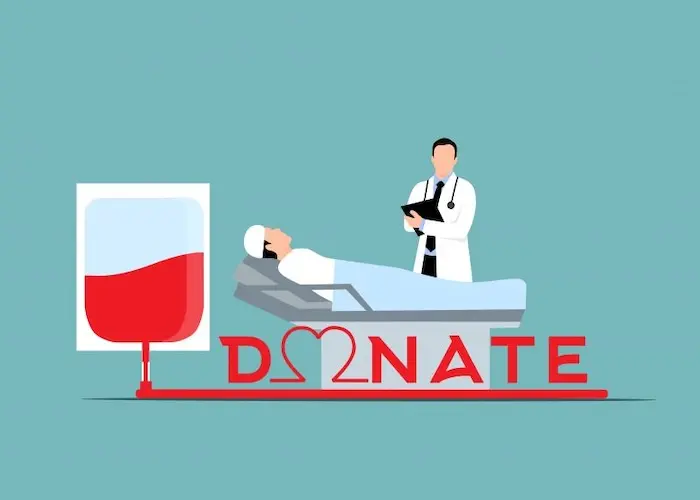A new breakthrough in cardiovascular treatment is offering hope to children born with heart defects. Dr. Brandon Tefft, an associate professor in the Joint Department of Biomedical Engineering at Marquette University and the Medical College of Wisconsin, is leading research to create heart valve implants that can grow and heal with the body—potentially eliminating the need for multiple surgeries throughout childhood.
Currently, heart disease patients are often treated using devices made from artificial materials such as metal or ceramic.
These implants save lives but usually need to be replaced over time, especially as young patients grow.
Tefft wants to change that. Instead of using materials that the body may reject or outgrow, he is developing implants made from living tissue. These implants are designed to work with the body’s own healing systems, eventually transforming into healthy, natural tissue.
“Rather than implanting a device and hoping the body ignores it, we want to create solutions that work with the body and are replaced by living tissue,” Tefft explained. “The idea is a one-time intervention—a treatment that becomes a cure.”
At the Cardiovascular Regenerative Engineering Laboratory (CaRE Lab) at the Medical College of Wisconsin, Tefft and his team are focused on this new kind of heart valve. The potential benefits are especially significant for children. Pediatric patients with congenital heart disease often undergo repeated open-heart surgeries to replace valves that no longer fit. A valve that can grow with the child could dramatically reduce those risks and improve long-term health outcomes.
With support from the National Science Foundation’s prestigious CAREER program, Tefft is developing a new type of heart valve scaffold. This flexible structure is designed to combine with special cells from umbilical cord blood to create a living valve. These cells are provided by Dr. Joy Lincoln and Donna Mahnke, researchers at the Herma Heart Institute of Children’s Wisconsin.
By using umbilical cord blood cells, Tefft’s team aims to mimic the natural growth of tissue as seen in human embryos. Over time, as the scaffold breaks down, the new tissue would stay in place—continuing to grow and function as part of the body.
This approach could also reduce the need for medications and follow-up treatments that are often required with traditional implants.
If successful, the one-time valve implant could change how congenital heart disease is treated, offering children a more stable and less invasive path to recovery.
Related topics:


